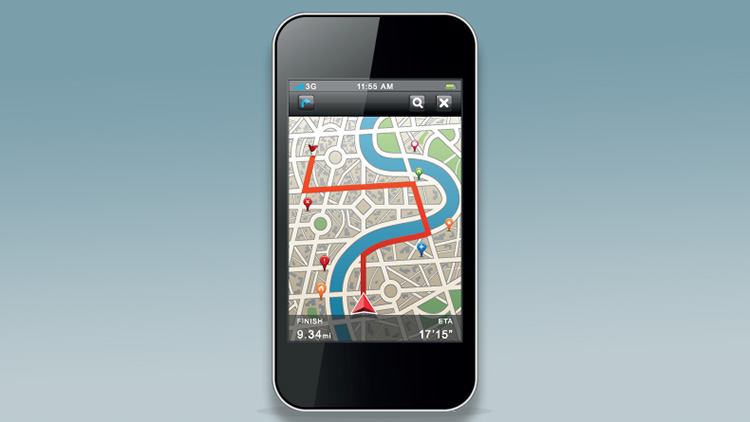
A Global Positioning System (GPS) is a system with three parts: satellites, ground stations, and receivers. More than 30 satellites circle Earth. They send out constant signals. Ground stations use radar to track the satellites.
Receivers are the part of the GPS that people use to find their way. Receivers listen for signals from these satellites. A receiver can figure out how far away the satellites are.
Once the receiver calculates the distance from at least four satellites, it knows where you are on Earth. Your position on Earth can be determined from space! A GPS is very accurate. The more high-tech a receiver is, the better it can tell where you are. Some GPS systems can figure out where you are within a few a few inches.
A GPS receiver can usually calculate how fast it’s traveling. A GPS in your mobile phone does this by comparing where you are now with where you were in the recent past. This is how the GPS tells you what time you will arrive somewhere!
What Do You Think? A friend asks you, “How does GPS work?” How will you explain it?
Photo Credit: Blinkblink/Shutterstock



